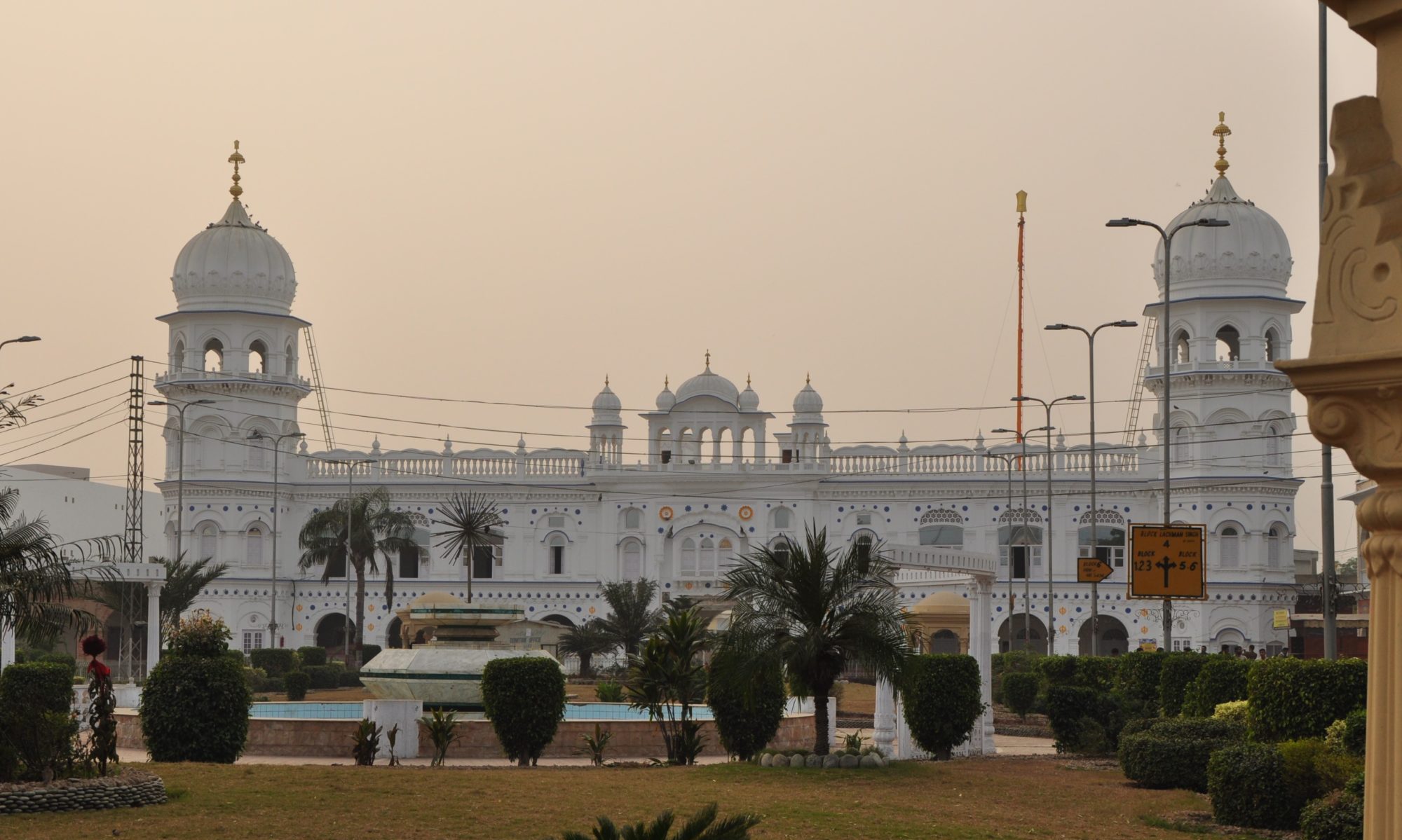The Sikhs in the glorious past have had long periods of persecution and suffering. Their faith in the Gurus and God, and an awareness of the need for voluntary community service made them face cheerfully, many ordeals. The eighteenth century witnessed the genocide of the Sikhs, particularly at the two holocausts of 1746 and 1762 called Chotta Ghallughara and Wada Ghallughara respectively, from which the Sikhs rose like phoenix from the ashes. Their martyrdom has inspired successive generations of Sikhs to the cause of the Panth and their belief in Chardi Kala, Dynamic optimism.
Again during this century, the Partition of India in 1947 divided their home-land and dealt them another catastrophic blow, physically and economically. Again they never lost the courage and will to survive. Many of them migrated to the truncated Punjab, others went to foreign countries and established themselves. In the new state of the Punjab, they brought in the Green Revolution (in agriculture) and the White Revolution (in milk) production. Now Punjab has the highest per capita income in India. Though affluence has brought in some evils, the Sikhs have managed to maintain their vitality and leadership in both the economic and political fields by hard work, sociability, resourcefulness and optimism.
The world today is torn by strife and suffering. Even the affluent countries are not free from the fear of war and the dilution of their quality of life. Man has progressed materially but not intrinsically. Disparities in income, the poverty of two-thirds of the world’s population, the maldistribution of resources and the exploitation of the weaker sections of humanity, have divided the globe into the North and the South – the industrial nations and the Under-developed nations. The Gurus showed a way forward to the removal of inequality through justice, equality and freedom. Religions in its true sense is not of ritual, but of fellowship and self-discipline. Hypocrisy and double standards crode our character and hinder our progress. A Sikh’s recognition of the brotherhood of all ordinary people is illustrated in Sangat (congregation) and Pangat (Free Kitchen. The Gurus’ love of humanity made them declare that there was truth in all revelation. Man must follow and practice sincerely, the commands of his own religion.
Today we witness a revival of Sikhism all over the world. Sikhs are discovering the truth of the Gurus’ message by studying Gurbani. Non-Sikhs are being influenced by the zeal and dedication of Sikhs to projects of community-welfare and voluntary service. More Sikhs are taking Amrit as they try to become Guru Gobind Singh’s saint-soldiers. The growth of Sikhism in the United States of America is a testimony to the relevance and vitality of the Gurus’ teachings in this day and age. Not only there is great increase in the number of Sikhs, but also a new enthusiasm to follow the teachings of the Gurus in daily life. Sikhism is now a World Religion, it has a great part to play in building bridges of understanding and friendship between the different nations of the world and in the promotion of global peace.
Late Dr Gobind Singh Mansukhani
Introduction to Sikhism
